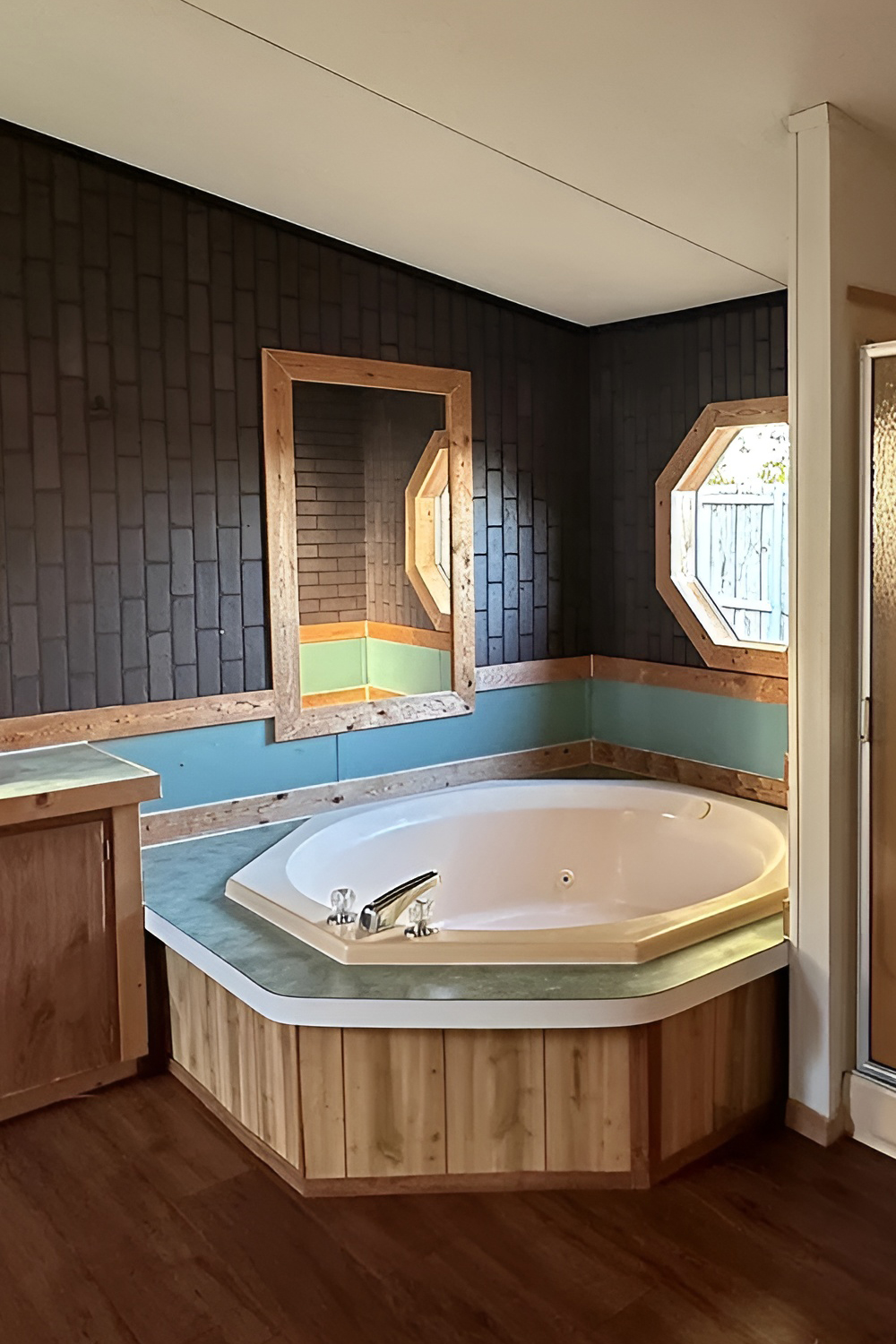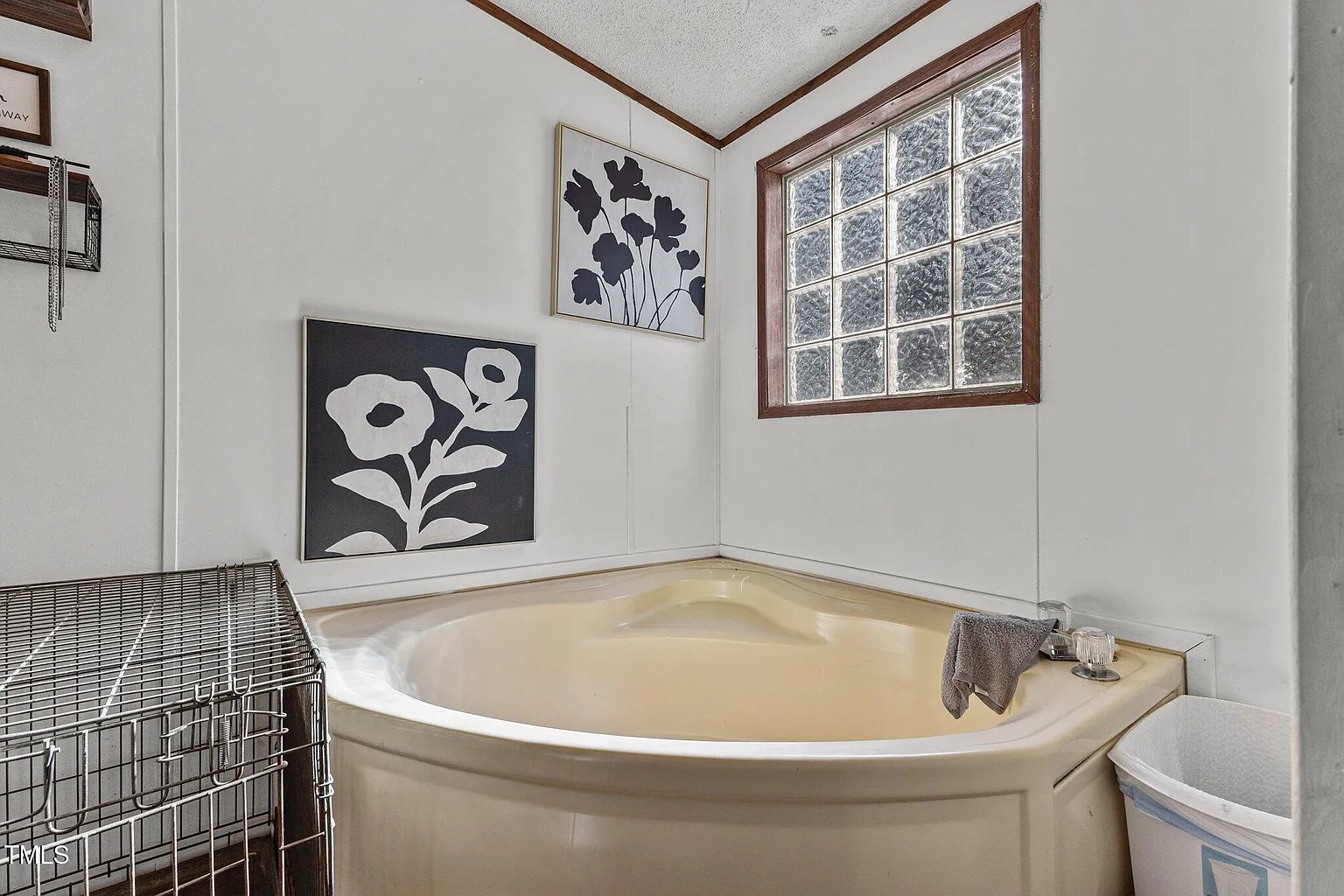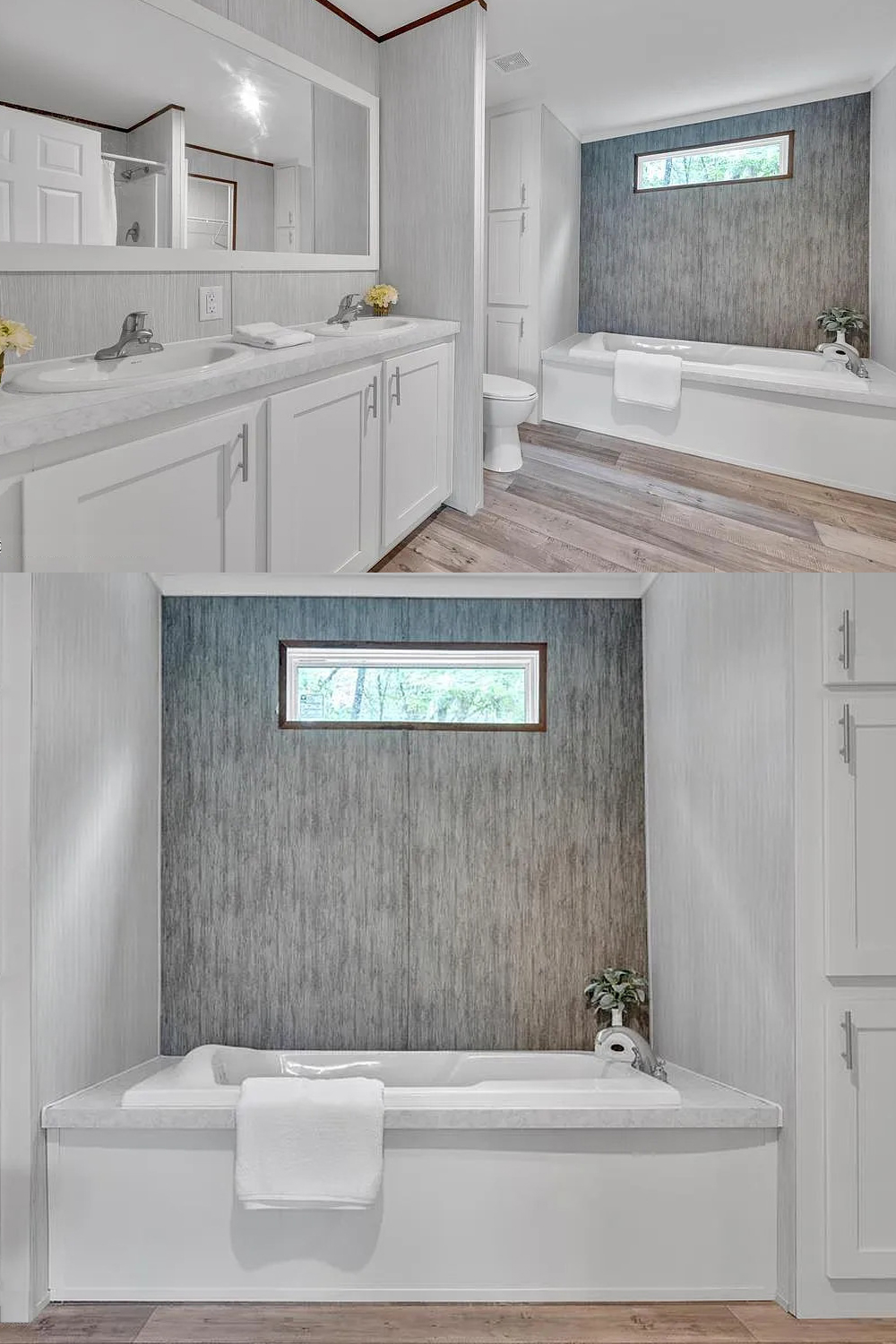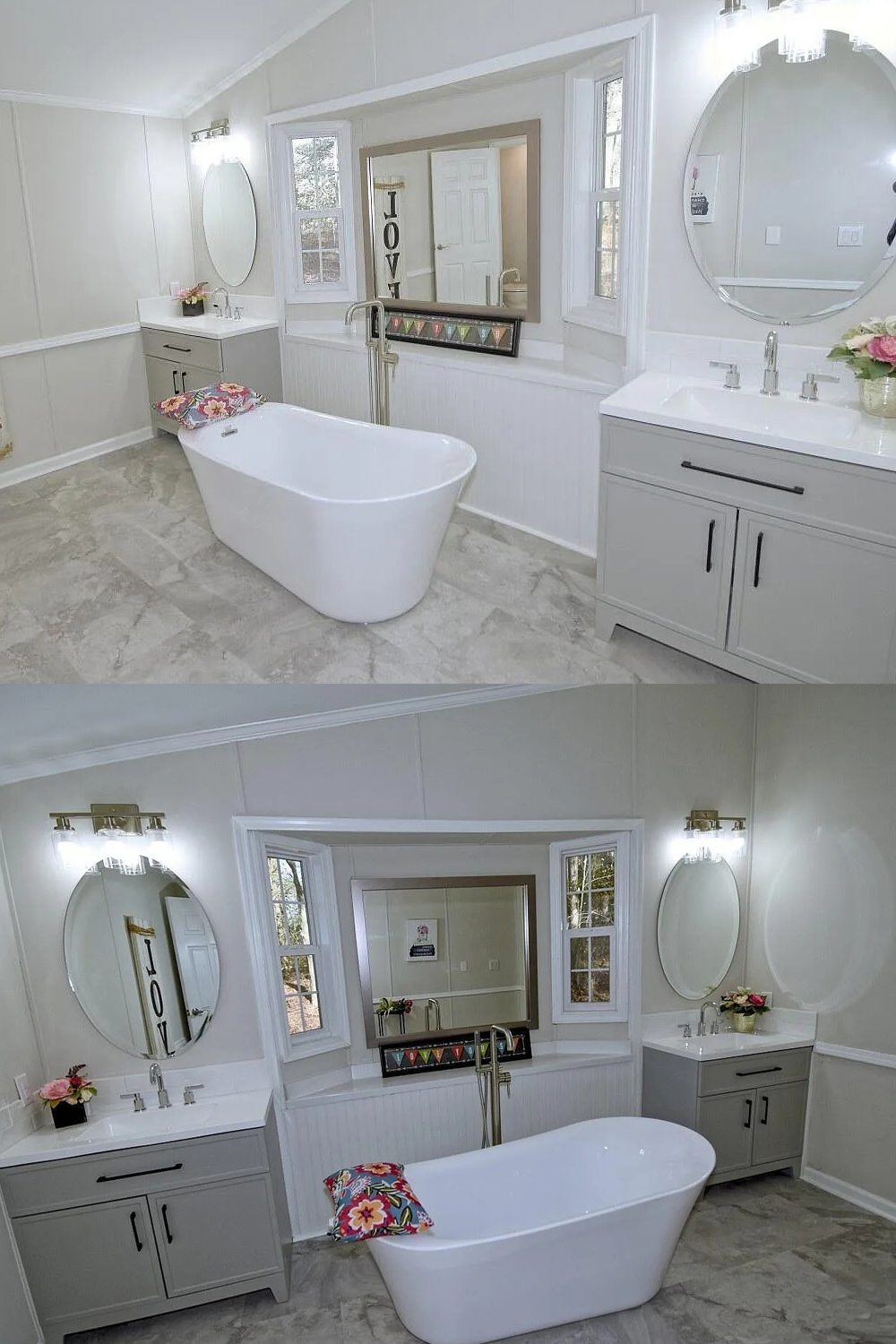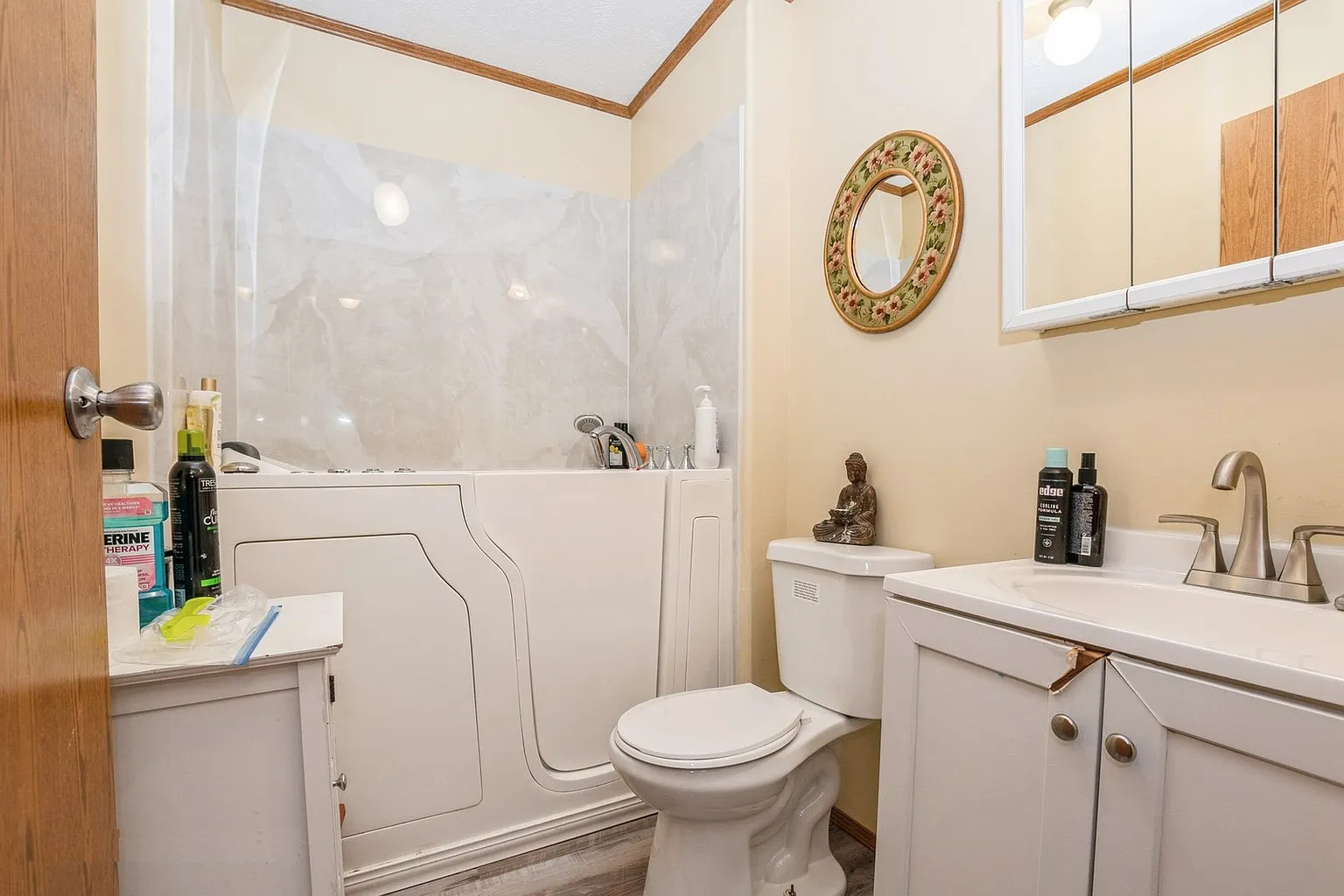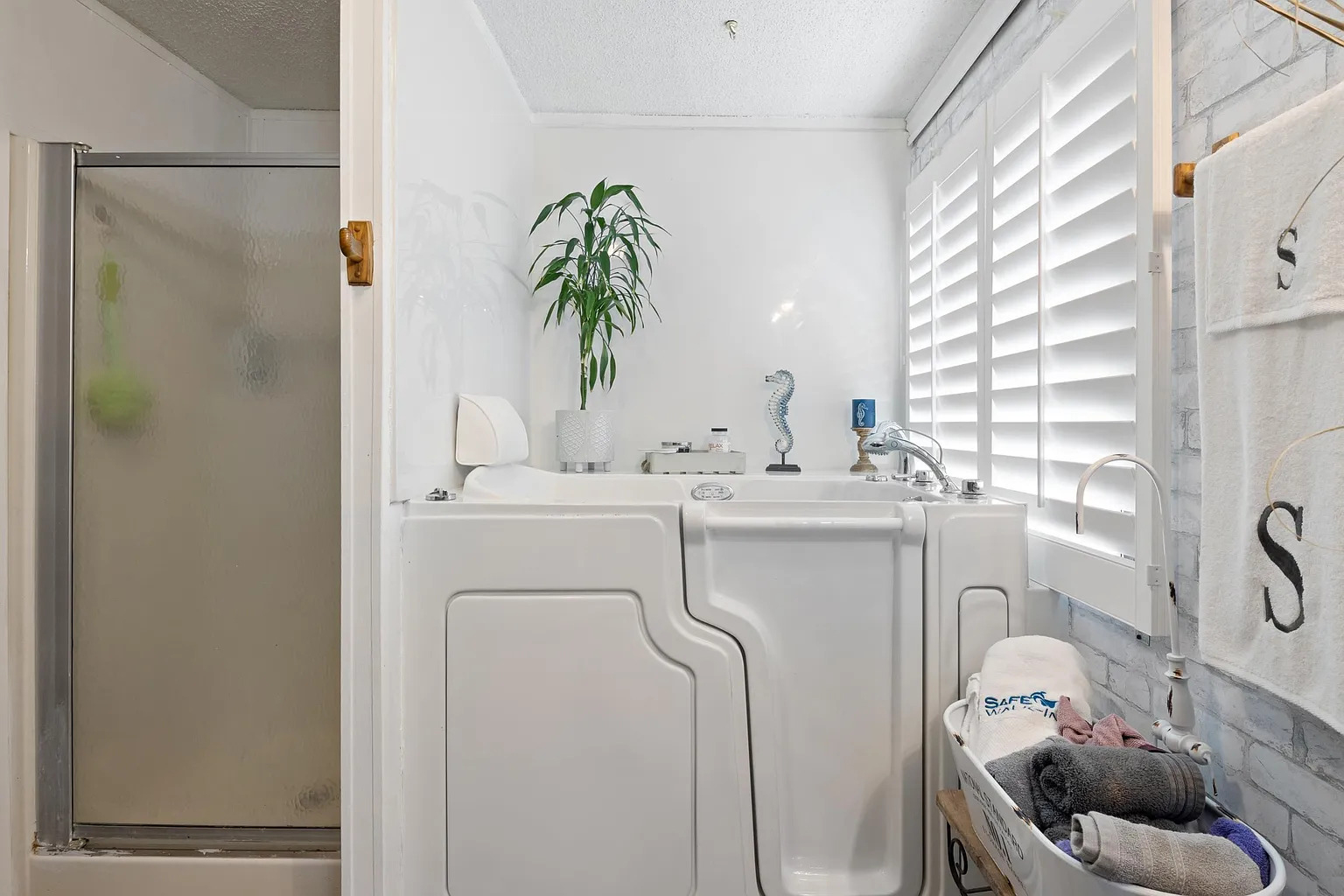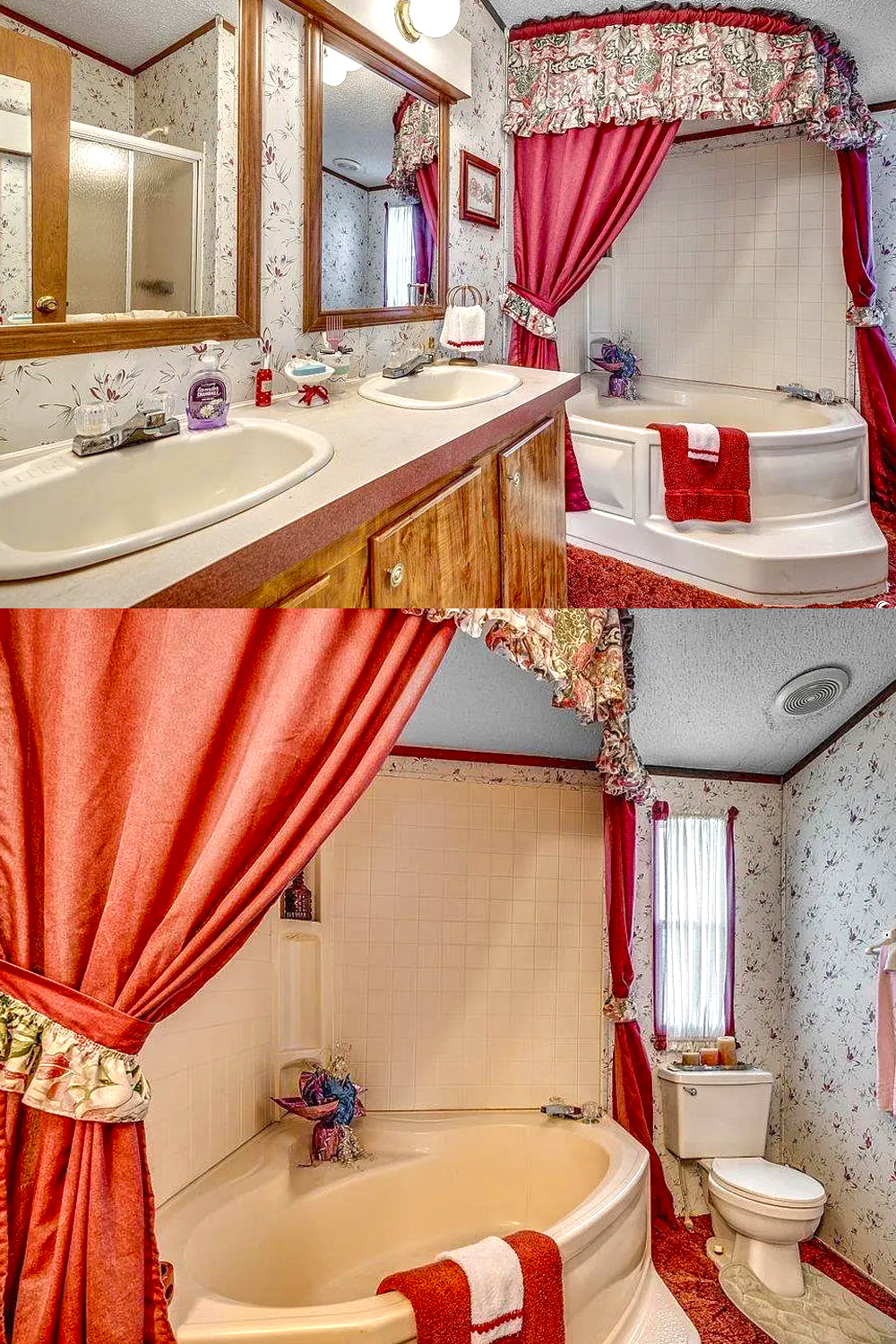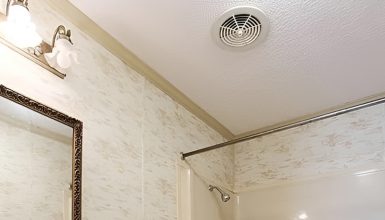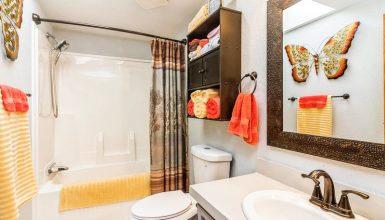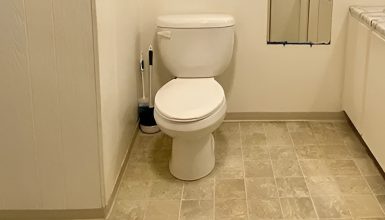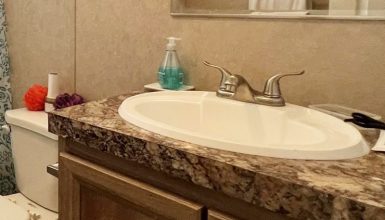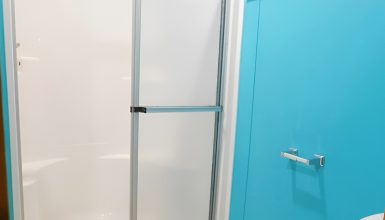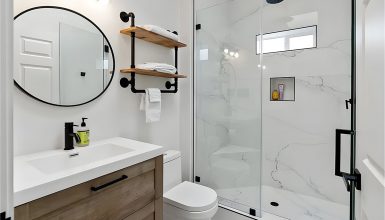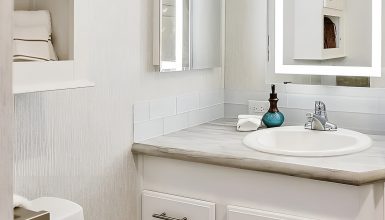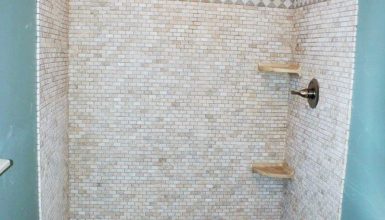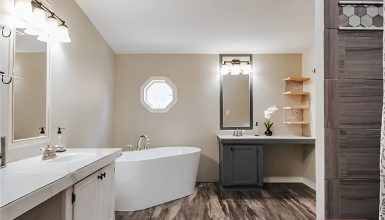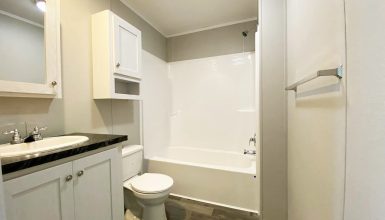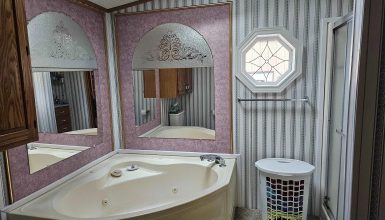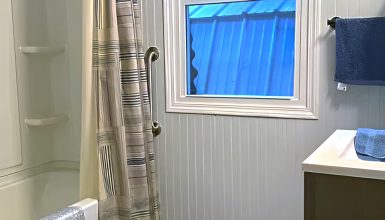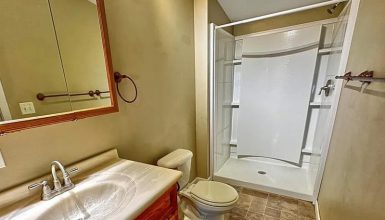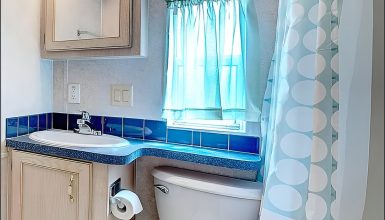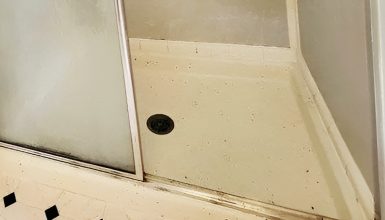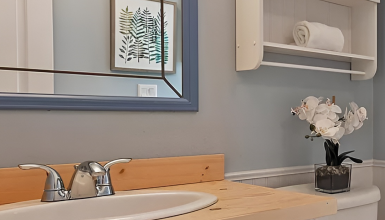When it comes to replacing or upgrading a tub in a mobile home—especially if you want a deeper, more luxurious soak—there are several popular styles and configurations to choose from. While not all mobile homes will accommodate every style, here are some of the most common types of mobile home soaking tubs:
1. Standard Garden Tub
A garden tub is a big, deep bathtub. Think of it as the classic, roomy tub you might imagine in a beautiful garden home. These tubs are usually oval or round, making them perfect for relaxing baths.
Many older mobile homes already have garden tubs in the master bathroom. They’re bigger and deeper than the usual tub and shower combo, so you can soak and unwind after a long day.
Pros:
– Spacious Bathing Area: You have plenty of room to stretch out and enjoy a nice, long soak.
– Built-in Features: Many garden tubs have armrests or ledges to keep your soaps, shampoos, and bath goodies.
– Cost-Effective Upgrade: If your mobile home already has a garden tub, upgrading or maintaining it can be cheaper than installing a new type of tub.
Cons:
– Uses More Water: These tubs hold much water, so you must ensure your water heater can keep up.
– Size Matters: In smaller mobile homes, a big garden tub might take up too much space in the bathroom.
2. Corner Soaking Tub
A corner soaking tub is designed to fit snugly into the corner of your bathroom. Its shape helps save floor space while still giving you a deep tub to enjoy a soak.
Bathrooms in mobile homes often don’t have a lot of room. A corner tub makes smart use of the space that might otherwise go unused, letting you have a nice bath without crowding the room.
Pros:
- Space-Saving Design: Fits neatly into a corner, leaving more room for other bathroom essentials.
- Built-in Features: Some corner tubs have seats or ledges to place your bath items.
- Modern Look: These tubs can give your bathroom a sleek and up-to-date appearance.
Cons:
- Less Depth: Corner tubs might not be as deep as standalone garden tubs, so your soak might not be as long.
- Installation Challenges: If your plumbing isn’t already set up for a corner tub, installing one can be tricky.
3. Alcove (Three-Wall) Soaking Tub
An alcove tub is placed between three walls in your bathroom. It usually has a front panel called an apron. While it’s often used as part of a tub-shower combo, there are deeper versions made just for soaking.
Space is tight in mobile home bathrooms, and alcove tubs fit right in where a standard tub-shower setup already exists. This makes it easy to replace an old tub without making big changes to your bathroom layout.
Pros:
- Easy to Replace: If your mobile home already has an alcove tub, swapping it out for a new one is usually straightforward.
- Dual Function: Many alcove tubs can also be used as showers, giving you more flexibility.
- Affordable Options: There are lots of budget-friendly alcove tubs to choose from.
Cons:
- Less Design Freedom: You can’t move it around as much as a freestanding or corner tub, so your design choices are more limited.
- Varied Soaking Depth: Not all alcove tubs are very deep so the soaking experience can differ depending on your chosen model.
4. Freestanding Soaking Tub
A freestanding soaking tub is a stand-alone bathtub that isn’t attached to any walls. Think of the classic clawfoot tub or sleek modern designs. These tubs sit elegantly in your bathroom, giving off a luxurious, spa-like vibe.
Homeowners who want to add a touch of elegance to their mobile home bathrooms love freestanding tubs. They serve as a beautiful centerpiece, making your bathroom feel more upscale and inviting.
Pros:
- Beautiful Centerpiece: A freestanding tub can be the star of your bathroom, adding style and charm.
- Deep Soaking: These tubs are usually deep, perfect for a long, relaxing bath.
- Variety of Styles: From vintage clawfoot to modern slipper designs, there’s a freestanding tub to match any taste.
Cons:
- Needs More Space: Freestanding tubs take up more room, so your bathroom needs to be spacious enough.
- Installation Challenges: You might need to adjust your plumbing to place the tub in the center or another free spot.
- Heavier Weight: Especially if you choose a cast iron tub, it can be quite heavy and require a sturdy floor.
5. Walk-In Soaking Tub
A walk-in soaking tub is designed with a door that lets you step in easily without climbing over a high wall. They are built for safety and accessibility, making bathing easier for everyone.
People with mobility issues or who want a safer bathing option love walk-in tubs. They offer peace of mind and make the bathing experience more comfortable and secure.
Pros:
- Easy to Enter and Exit: The watertight door means no more stepping over high sides.
- Safety Features: Built-in seats and grab bars make bathing safer and more comfortable.
- Therapeutic Options: Many come with features like jets for a soothing massage or fast-fill and fast-drain systems.
Cons:
- Higher Cost: Walk-in tubs are generally more expensive than standard tubs.
- Longer Fill and Drain Times: It can take longer to fill up and empty the tub, which might be inconvenient.
- Less Space to Stretch Out: They’re not as roomy as a big garden tub, so you might not have as much room to relax.
6. Whirlpool or Jetted Tub
A whirlpool or jetted tub is a soaking tub equipped with jets that shoot out water or air bubbles. These jets create a massaging effect, turning your bath into a mini spa experience.
People love the relaxing, therapeutic benefits of jetted tubs. They’re perfect for unwinding after a long day or soothing sore muscles right in the comfort of your mobile home.
Pros:
- Hydrotherapy Benefits: The jets provide a massage-like experience, which can help relieve stress and muscle tension.
- Luxurious Feel: Adds a high-end, spa-like touch to your bathroom.
- Relaxing Experience: Perfect for a peaceful, rejuvenating bath time.
Cons:
- Higher Cost and Complexity: Jetted tubs are more expensive and complicated to install than regular tubs.
- Need for Electrical Connections: The pump that powers the jets requires electrical wiring, which can add to installation time and cost.
- Maintenance Requirements: You’ll need to keep the jets and lines clean to prevent mold and buildup, which means a bit more upkeep.
Key Considerations
Great! Now that you know about different types of bathtubs, let’s talk about some essential things to think about before making your choice. These key considerations will help you pick the perfect tub for your mobile home bathroom. Let’s break them down!
1. Bathroom Size & Layout
Before you pick a tub, you need to make sure it fits in your bathroom. Measure the space carefully!
What to Do:
- Measure Twice: Check your bathroom’s length, width, and depth. Ensure there’s enough room for the tub and space to move around.
- Think About Layout: Look at where the doors, windows, and other fixtures are. You want your new tub to fit without making the room feel cramped.
Tip: Draw a simple floor plan to see how the tub will fit with everything else in the bathroom.
2. Flooring & Weight Support
Why It Matters:
Mobile homes have limits on how much weight their floors can hold. A big, heavy tub filled with water and a person can be pretty heavy!
What to Do:
- Check the Floor: Make sure your bathroom floor is strong enough to support the tub, water, and whoever is using it.
- Consult a Pro: It might be a good idea to talk to a builder or contractor to see if you need to reinforce your floor.
Tip: Lightweight tubs like acrylic ones can be easier on your floor than heavy cast iron tubs.
3. Water Heater Capacity
Why It Matters:
A bigger tub means you need more water. You want to ensure your water heater keeps the water warm enough.
What to Do:
- Check Your Heater: Find out how big your water heater is and how much hot water it can provide.
- Calculate Needs: Consider how much water the tub holds and how hot you like your baths. Make sure your heater can handle it without running out of hot water too quickly.
Tip: If your water heater isn’t big enough, you might need to upgrade it or look for tubs that use less water.
4. Plumbing & Venting
Why It Matters:
Different tubs need different plumbing setups. You should move pipes or add new vents.
What to Do:
- Plan the Placement: Decide where you want your tub. If it’s a corner or freestanding tub, you might need to adjust where the pipes are.
- Hire a Plumber: It’s best to get a professional to handle the plumbing changes to make sure everything is safe and works well.
Tip: Some tubs, like walk-in tubs, have special plumbing needs. Make sure you know what’s required before you buy.
5. Budget & Installation
Why It Matters:
Bathtubs can vary a lot in price. Some types need more money for both the tub and setting it up.
What to Do:
- Set a Budget: Decide how much you will spend on the tub and the installation.
- Get Quotes: Ask for prices from different stores and contractors. Don’t forget to include necessary costs like plumbing, flooring reinforcement, or electrical work.
- Think Long-Term: Sometimes, spending more upfront saves you money later, especially with tubs that last longer or need less maintenance.
Tip: Look for tubs that offer the best value for your money. It’s not always about the cheapest option but the one that meets your needs and fits your budget.

